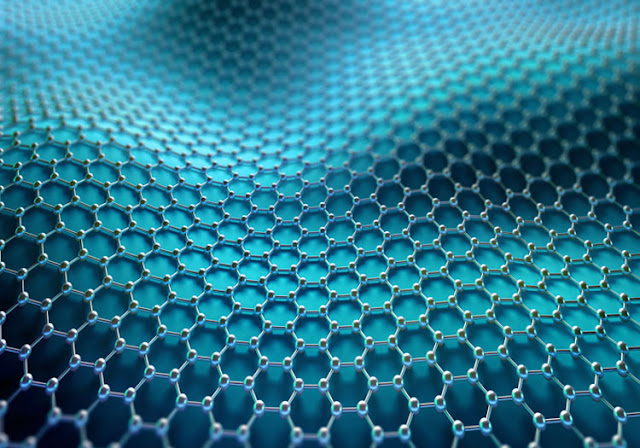Nanoemulsions: What it is, Applications, Advantages and Processing
Nanoemulsions are formed by mixing two immiscible liquids, typically oil and water, into a stable emulsion with droplet sizes ranging from 20 to 200 nanometers. These droplets are significantly smaller than those found in traditional emulsions, giving nanoemulsions unique properties. They are kinetically stable and have a high surface area per unit volume, making them useful in various applications such as drug delivery, food products, cosmetics, pharmaceuticals, and materials science.
Inner Structure of Nanoemulsions
Properties:
Nanoemulsions exhibit unique properties due to their small droplet size, which include:
Enhanced Stability: The small size of the droplets reduces the likelihood of coalescence and phase separation, leading to longer shelf life.
Increased Bioavailability: The large surface area of the tiny droplets allows for better absorption of active ingredients by the body.
Optical Clarity: Unlike traditional emulsions, nanoemulsions can be clear or slightly hazy, making them appealing for cosmetic and food applications where appearance matters.
Controlled Release: The small droplets can encapsulate active ingredients, allowing for controlled release over time.
Applications:
Nanoemulsions are used in various industries due to their advantageous properties:
Pharmaceuticals: They enhance the delivery and absorption of drugs, improving their effectiveness.
Cosmetics: Nanoemulsions provide better skin penetration and moisturization, and are used in creams, lotions, and other skincare products.
Food and Beverages: They improve the delivery of nutrients and flavors, and can be used to create stable, clear, and appealing food products.
Agriculture: Nanoemulsions are used to deliver pesticides and fertilizers more effectively, enhancing crop protection and growth.
How to Process Nanoemulsions:
Processing nanoemulsions involves various methods tailored to achieve specific characteristics:
High Energy Methods:
High-Pressure Homogenization:
This technique employs elevated pressure to drive macroemulsions through a small opening, resulting in nano-sized droplets through hydraulic shear, cavitation, and turbulence. Commonly used in both laboratory and industrial settings, it ensures a uniform and stable emulsion.
Genizer High Pressure Homogenizer applied for Nanoemulsions
Ultrasonication:
Utilizes ultrasonic waves to induce cavitation bubbles, breaking down larger emulsion droplets into nano-sized ones. Suitable for producing small batches and specific formulations requiring fine control over droplet size.
Low Energy Methods:
Phase Inversion Emulsification:
Leverages the chemical potential from the constituents of the oil-water system to modify temperature or composition, leading to the formation of nanoemulsions.
Often used for formulations sensitive to high temperatures or mechanical stress.
Self-Nanoemulsification:
Relies on chemical interactions within the emulsion components to spontaneously form nanoemulsions when mixed under specific conditions.
Ideal for formulations where simplicity and chemical compatibility are paramount.
Nanoemulsions, with their enhanced stability, increased bioavailability, optical clarity, and controlled release properties, are essential in advancing the effectiveness and appeal of products in pharmaceuticals, cosmetics, food, and agriculture. Processing methods such as high-pressure homogenization and ultrasonication, along with phase inversion emulsification and self-nanoemulsification, provide versatile approaches to create these valuable emulsions, driving innovation and advancement across various sectors.
Related Articles
Using NanoGenizer High Pressure Homogenizers for Nanomaterials
Liposome Extruders: Functions, Mechanisms, and Types
Liposome Processing: High Pressure Homogenizer vs Liposome Extruder.
3Questions to Ask When Considering a Liposome Extrusion Option
High Pressure Homogenization vs Sonication: Which is Better for Your Liquid Formulation?
How to choose a High Pressure Homogenizer?
Microfluidic High Pressure Homogenizer vs Conventional High Pressure
Homogenizer, How to Choose?
What is high pressure homogenizer, how does it work?
Advantages of UltraGenizer High Pressure Homogenizer?
Using High-Pressure Microfluidic Homogenizers for Micro and Nano Emulsions
Microjet NanoGenizer and Micromix MixGenizer: the next generation homogenizer for nanomaterials




Comments
Post a Comment